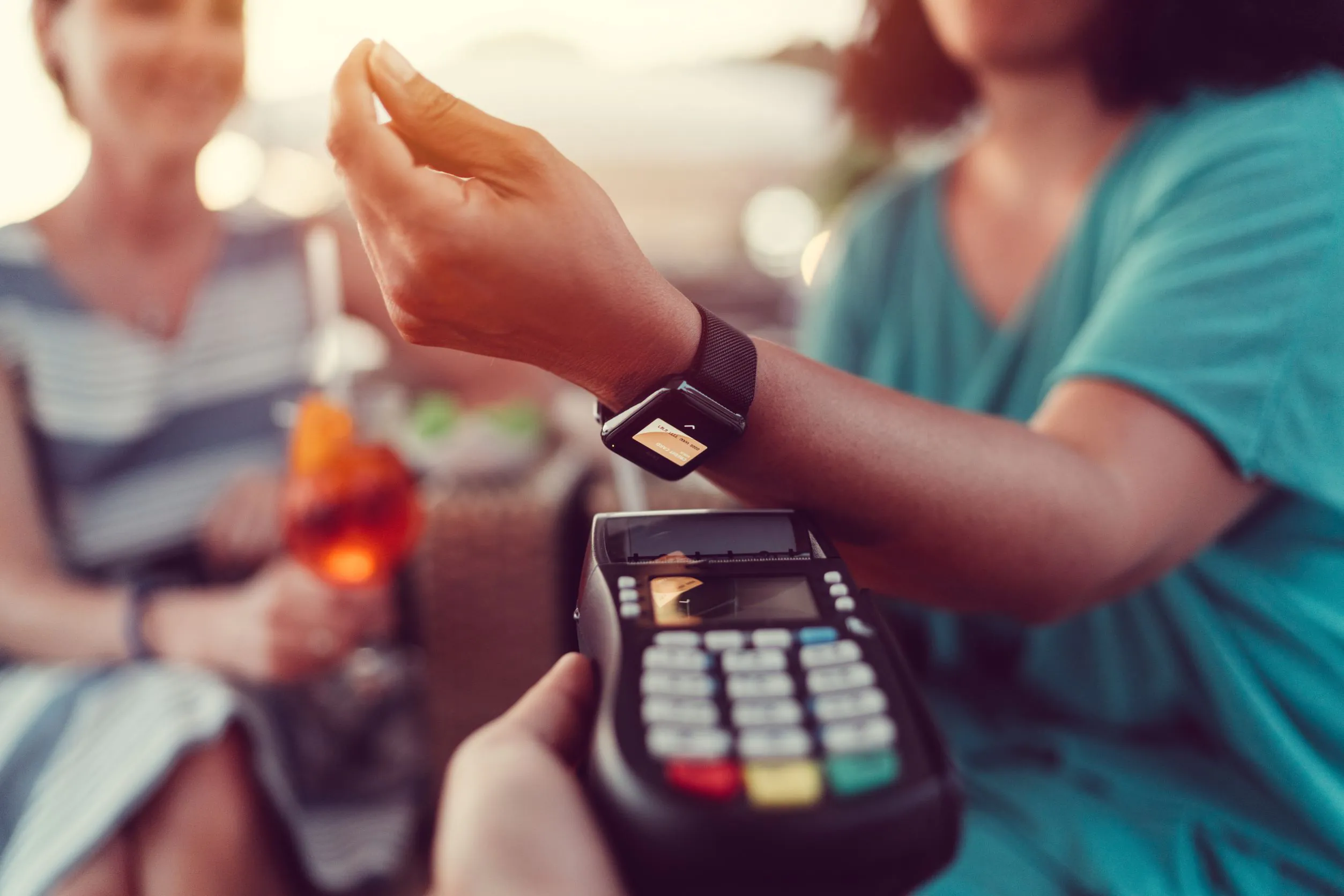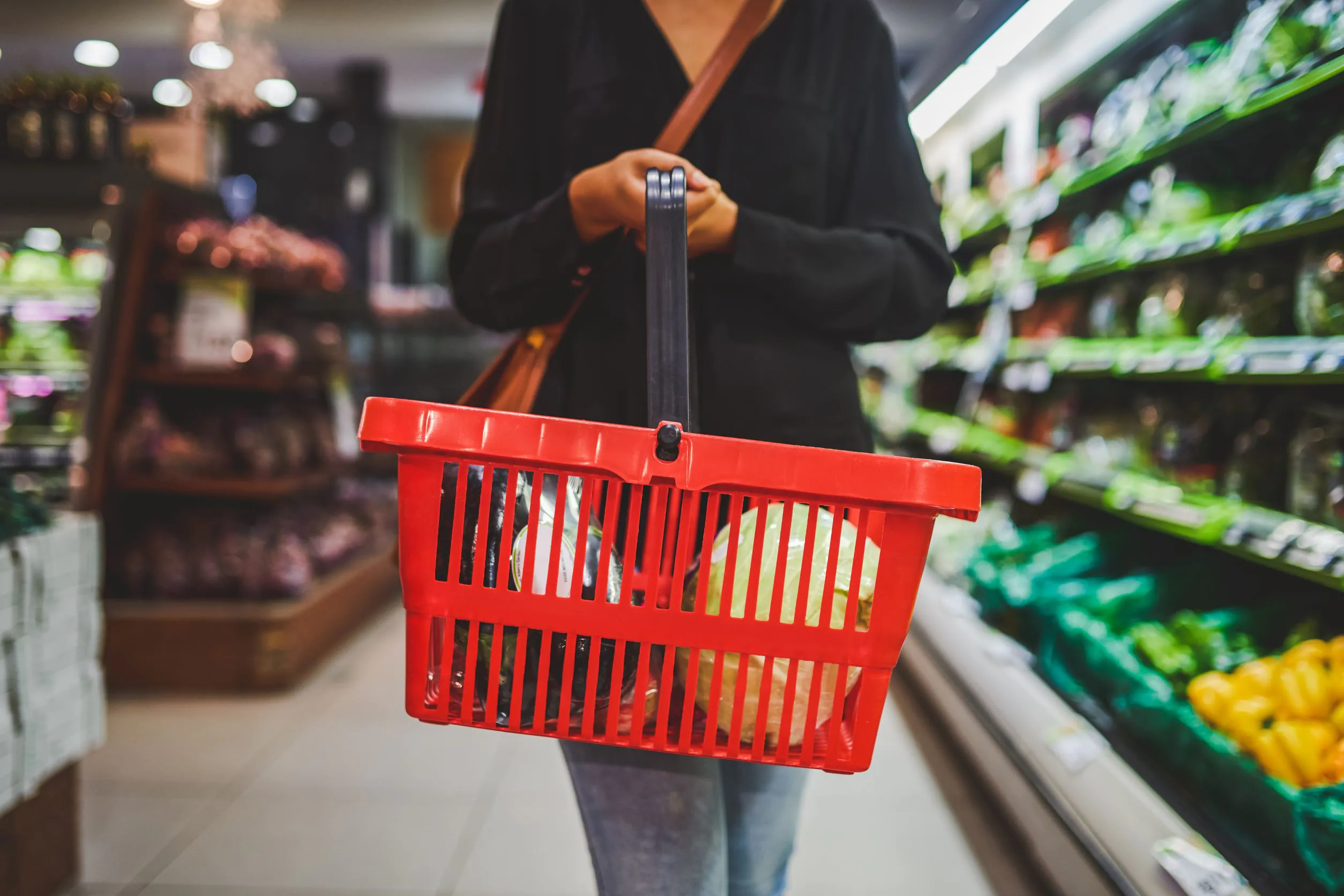Contactless Payment Technology Market Overview
The global contactless payment market has been flourishing during the pandemic, with record levels of demand as consumers and businesses look for ways to minimize exposure to high-touch surfaces. Valued at over US$1.3 trillion in 2020, Grand View Research predicts that the industry will hit US$6.25 billion by 2028. Smart cards are becoming increasingly prevalent in the US and around the world, and mobile payment products and services are a multi-billion-dollar industry. As companies continue to develop and improve contactless payment technology, it will become more convenient, affordable, and secure, making it a highly appealing option for both buyers and sellers.
While smartphones and wearables accounted for more than half of contactless payment technology revenue in 2020, smart cards are expected to have the highest growth rate over the next several years as providers work to improve their security. Europe is currently the leading region in the contactless payment market, but North America will see the fastest growth as current technology becomes more widely adopted and the region’s strong IT industry develops and refines new products and services. Asia-Pacific boasts the highest adoption of mobile payment technology due to the high penetration of mobile devices and a push from some governments to move towards cashless transactions.
Access Free Finance Industry Insights
The high demand and swift growth within this industry mean that contactless payment technology is changing and evolving constantly. New products and services are being developed to fill market niches and better meet customers’ needs. Below are some of the innovations taking place in the global market.
Holographic Payment Technology
Toshiba has created the Digi POS system, which projects a screen in front of a user that allows them to interact with a terminal without touching it. The system projects the screen at an angle that makes invisible to people other than the current user, providing privacy during transactions. It uses sensors to detect the movement of the user’s fingers, allowing them to scan and pay for purchases without having to touch the terminal at any point. This protects not only consumers but the terminal itself, which doesn’t suffer physical damage from repeated use.
In Japan, 7-Eleven has begun trialling this holographic self-checkout system in six of its stores. The system accepts a range of cashless payment methods, including credit cards, other types of touchless payment cards, and QR codes.
Touchless Payments at the Table
Paerpay is a contactless payment solution designed for use in restaurants to make settling the bill quick and simple. It was originally created as an app targeted at diners, offering features such as an easy way to split the bill. However, with the onset of the pandemic, the company pivoted to building a system that allows restaurants to integrate contactless payment technology into their setup without needing to change their existing hardware or credit card processor.
Using QR codes and a text message system, Paerpay allows diners to pay for their meals without downloading an app or touching a payment terminal. This makes it easier to maintain social distancing while offering a secure and efficient payment solution. The company is currently running a pilot project with a large fast food chain to improve the drive-through experience, as well as partnering with several other restaurant and retail brands to provide payment kiosks.
Payment Cards Adopt Biometrics
Many payment providers are conducting pilots of biometric payment cards, and with the development of new standards for their implementation and use, some countries are beginning to see commercial rollouts. The Smart Payment Association (SPA) reports that biometric contactless payment cards may become mainstream as early as this year, with over 20 pilot projects currently being run. The heightened demand for contactless payment technology combined with consumer familiarity with biometric smartphone features have paved the way for the new payment method, bolstered by the general perception of biometrics being more secure than many other security features.
Norwegian biometrics company Zwipe is one of the businesses leading the way for biometric payment cards, partnering with payment companies and card producers to bring the technology to several countries around the world. The company has signed a deal with IC Payment to make these cards available in Latin America and the Caribbean, and is partnering with GEPCOM to bring them to Saudi Arabia and other markets.
View FinTech Companies in 200+ Countries
Combining Fashion with Function
Wearable payment technology is growing in popularity, with several companies developing bracelets and rings that allow the user to pay for their purchases without ever needing to pull out a card or phone. Smartwatches already offer this functionality and some fitness bands have begun to include it as well, but for users who don’t want or need the full functionality of a watch, other options are emerging. While innovators have been developing wearable payment devices for some years now, the current global trends make 2022 the year for them to pick up momentum with consumers.
Purewrist, for example, offers an affordable option in the form of a wristband managed through an app. The band isn’t tied to a specific phone model or operating system, making it available to a wide range of users. It also isn’t battery powered, meaning that it won’t run out of charge at a critical moment. The amount of funds accessible through the product can also be controlled, allowing parents to give young teenagers access to a digital wallet while managing the amount available to spend.
Payment rings are growing in popularity in the contactless payment industry as well. As with wristband payment systems, these rings operate using NFC technology and don’t need to be charged. The K Ring, one of the first contactless payment rings on the market, links to a prepaid Mastercard account that can be accessed online in order to add or remove funds, with the same level of security as debit and credit cards. There are several different payment rings currently on the market in varying price points and styles.
Many of these contactless payment technologies are still young and working to break into mainstream consciousness. But with demand for convenience, safety, and security higher than ever, 2022 is a promising year for the industry.



